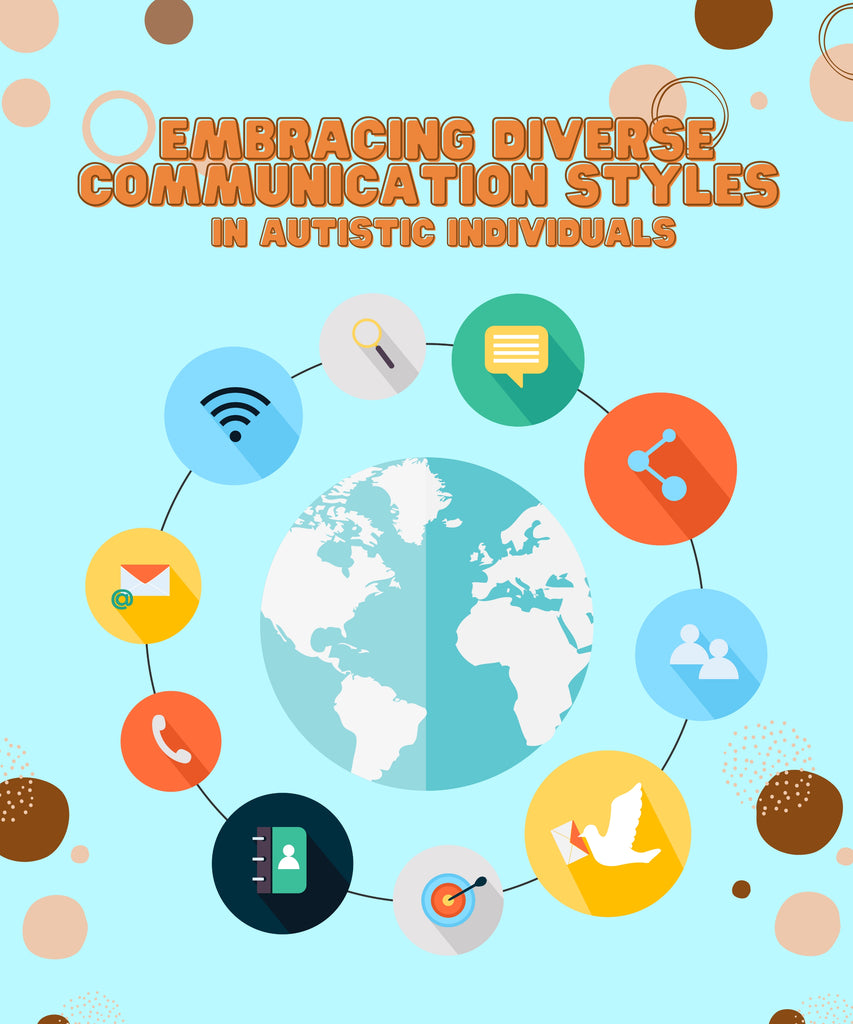
As a society, we’ve come to understand that communication is not a one-size-fits-all model. We are all wired uniquely, and this is particularly apparent when interacting with autistic individuals. Autistic individuals often have their unique ways of connecting with the world, and acknowledging their preferred communication styles can be a game-changer. Today, we'll dive into a few ways autistic children may choose to communicate, and how we can respect, understand, and accommodate these communication preferences.
Visual Aids
Visual aids are an invaluable tool when it comes to communication with autistic children. Pictorial cards, charts, images, or symbol systems like PECS (Picture Exchange Communication System) can simplify the process of understanding and conveying thoughts for these individuals. Visual information can be processed at their pace and revisited when needed.
Recognizing the Use of Visual Aids
Look for signs of interest in images, symbols, or objects around them. An autistic child might rely on these to express feelings or requests. For example, they may consistently point towards a picture of an apple when they are hungry.
Accommodating the Use of Visual Aids
Ensure to incorporate visual aids in your daily interactions. Create or invest in picture cards, communication boards, or use a tablet with visual communication software. Remember, patience is key as they learn to associate images with their meanings.
Gestures
Gestures are a common form of nonverbal communication among autistic children. These may include unique hand movements, body postures, or facial expressions to convey their needs or emotions.
Recognizing the Use of Gestures
Observation is vital. Watch for repeated hand-flapping, spinning, or rocking when the child is excited or distressed. Facial expressions might be subtle or different from typical expressions. They might frown when happy or display no visible reaction to stimuli that would usually elicit an emotional response.
Accommodating the Use of Gestures
Encourage their unique way of expression and respond appropriately. If the child flaps their hands when excited, share their enthusiasm. Create a safe and accepting environment for their gestural communication. Be patient, responsive, and encouraging.
Assistive Communication Devices
Technology has paved the way for several assistive communication devices and apps. They can range from simple button-pressing devices to sophisticated software that vocalizes typed text.
Recognizing the Use of Assistive Communication Devices
An autistic child who struggles with verbal communication may show an affinity towards electronic devices. They may type out what they want to say or use pre-set messages to communicate their needs or thoughts.
Accommodating the Use of Assistive Communication Devices
If an autistic child prefers using technology to communicate, support their preference. There are numerous tools and apps available that can facilitate this. Consult with a speech and language therapist for recommendations suitable to the child's needs and abilities.
Understanding and accepting autistic children's unique communication styles is a crucial step towards a more inclusive society. By observing and respecting their preferred communication methods, we can facilitate more meaningful connections and encourage their autonomy. As we enhance our understanding of autism, let's remember: it's not about changing the way they perceive the world but learning to appreciate their unique perspective.

